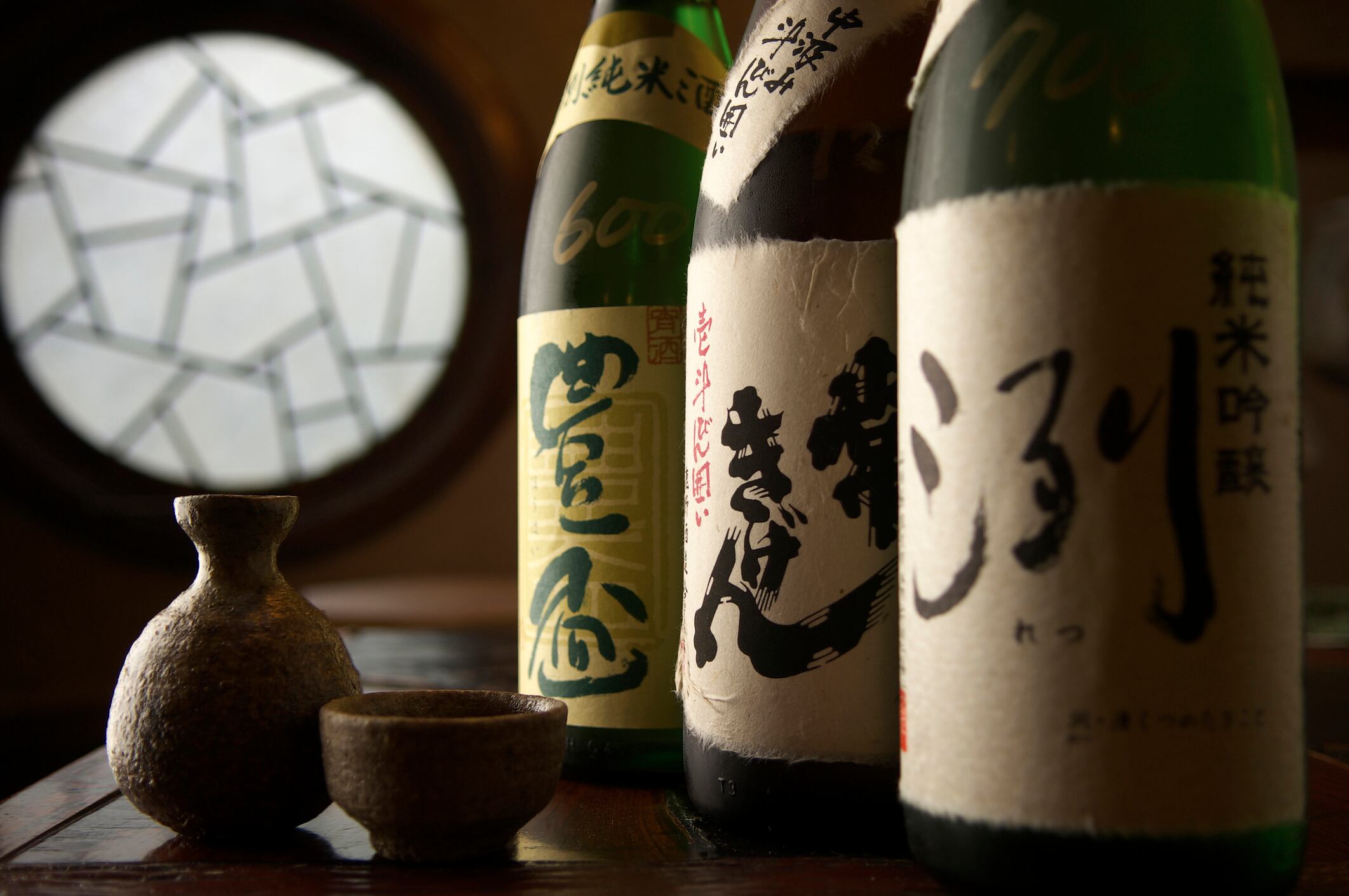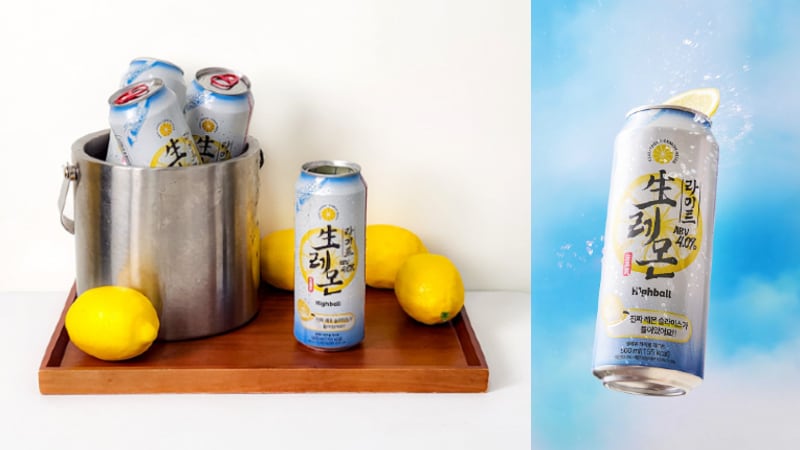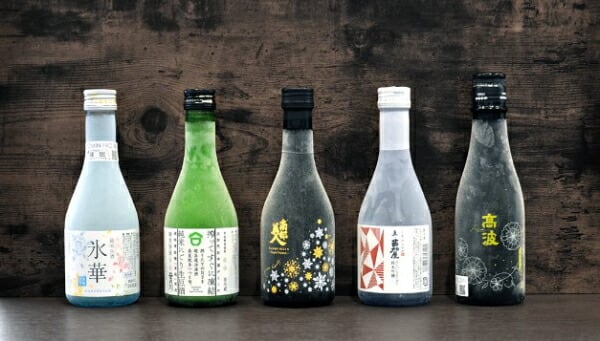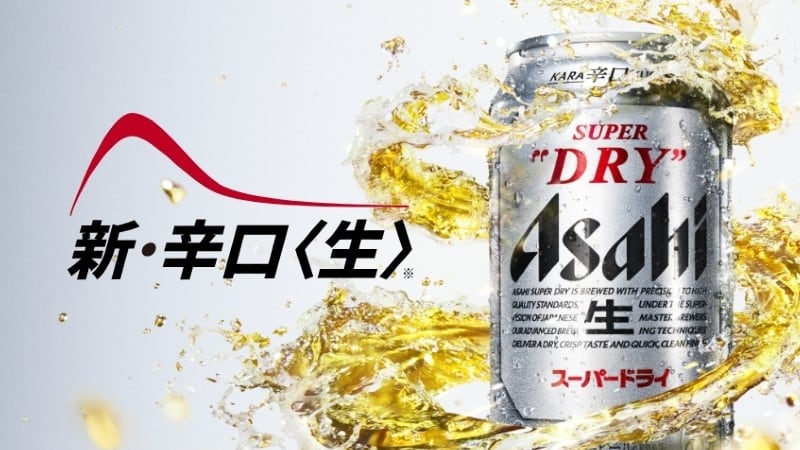Sake brewing is a clean and environmentally friendly process with links to unspoiled rural landscapes. The umami flavour of sake has also made it a versatile drink that can be enjoyed on its own or paired with meals. These differentiates sake from other types of alcohols, according to certified Sake Samurai Adrian Goh.
Goh stressed that retailers and consumers alike must deepen their understanding of the beverage to fully appreciate its nuances.
“Sake has gained a lot of momentum worldwide, not just in Asia. If all along you’re geared towards selling wine, you need to learn about sake when you add it to your wine list. It’s a new product with its own unique story and appeal,” said Goh.
Goh is the first South East Asian to be honoured with this title by the Japan Sake Brewers Association, which awards individuals with the Sake Samurai title for their exceptional contributions to promoting and preserving sake and Japanese culture globally.
Apart from being a sake connoisseur, Goh is also the Managing Director of Inter Rice Asia, a company that imports sake into Singapore and exports limited quantities to neighbouring regions.
Based on his experience in the Asian market, Goh noted distinct preferences across different regions, and said that understanding regional preferences is key to success: “In Taiwan and Hong Kong, consumers are drawn to seasonal sakes and limited-edition releases.
“In contrast, the Singapore market favours general releases because business owners prefer to avoid the hassle of updating wine lists every few months, which is necessary with seasonal sakes.”
Goh sees Singapore as a strategic hub for Southeast Asia’s sake market.
“I’ve always envisioned Singapore playing a role similar to Hong Kong’s in Northeast Asia.
“Singapore could serve markets like Cambodia, Thailand, Malaysia, Vietnam, Laos, the Philippines, Indonesia, and Brunei. It’s an ideal hub for knowledge sharing and learning about sake, as culturally, we share some common ground. Even where differences exist, there’s a mutual understanding,” said Goh.
In Singapore, the focus is on premium sake due to high import duties, so it does not make economic sense to import cheaper table sakes, said Goh.
Retail prices typically start at SGD 40, with the most popular range between SGD 80 to 100.
Goh also highlighted the difference between table sake and premium sake, with the latter offering richer and more complex flavours.
There are two main categories of sakes: ginjo styles, known for their aromatic and fruity profiles, and junmai styles, which are more robust with pronounced rice flavours.
In Singapore, ginjo styles are more popular, especially among consumers who enjoy light, fruity notes.
Meanwhile, seasonal sakes are especially popular in parts of Asia, with each season offering distinct flavours and textures. Autumn sakes, for instance, are rested for about six months at warmer temperatures, resulting in a mellower aroma and taste.
On fruit-flavoured sakes, regional specialties play a key role. For example, the Ehime Prefecture, known for its citrus fruits, often produces sakes with citrus notes.
Versatile sake
Sake is also gaining traction as a versatile alternative to wine in fine dining. This is because of its unique umami flavour that sets it apart from other alcohols.
“Sake is unique because it contains a significant amount of umami, thanks to the use of koji [fermented rice] in its production,” said Goh. “Unlike other alcohols like baijiu and soju – which also use koji but are distilled – sake retains its umami, offering a complex yet clean taste with no additives. What you see is what you get.
“This is why it can pair seamlessly with various cuisines, especially fish dishes, making it a natural substitute for white wines like Chardonnay or Sauvignon Blanc,” Goh said.
Sake’s growing popularity is driven by increased education and exposure, with organisations such as WSET, SSA, and SSI offering sake courses worldwide.
Goh also pointed to the influence of French sommeliers, who have embraced sake, pairing it with French cuisine and promoting it through high-profile competitions.
“When top sommeliers endorse sake, it sets a trend that the world follows,” said Goh.
Sake’s versatility extends to its balance of sweetness and dryness. While sweet sakes are enjoyable in moderation, dry sakes are preferred for longer drinking sessions.
Dry sakes are more “sessionable”, said Goh, making them ideal for casual gatherings or dining at izakayas – sweet sakes can become cloying after a while, but dry sakes offer a lighter, more refreshing experience.
Sustainability and provenance
Sake’s production process also aligns with the growing consumer focus on sustainability.
Japanese sake is often produced naturally, with minimal intervention and no use of genetically modified ingredients.
“Modern consumers are very concerned about where their food and drinks come from,” explained Goh. “When they visit Japan, they’re drawn to both urban and rural experiences. Rural Japan, in particular, offers something special – natural farming, pure water sourced from mountain springs, and a connection to the land.”
This focus on provenance is becoming increasingly important, as consumers seek out products with a compelling story.
“Sake often evokes the image of untouched, picturesque towns, which enhances its appeal. People find this imagery sexy,” Goh said.





